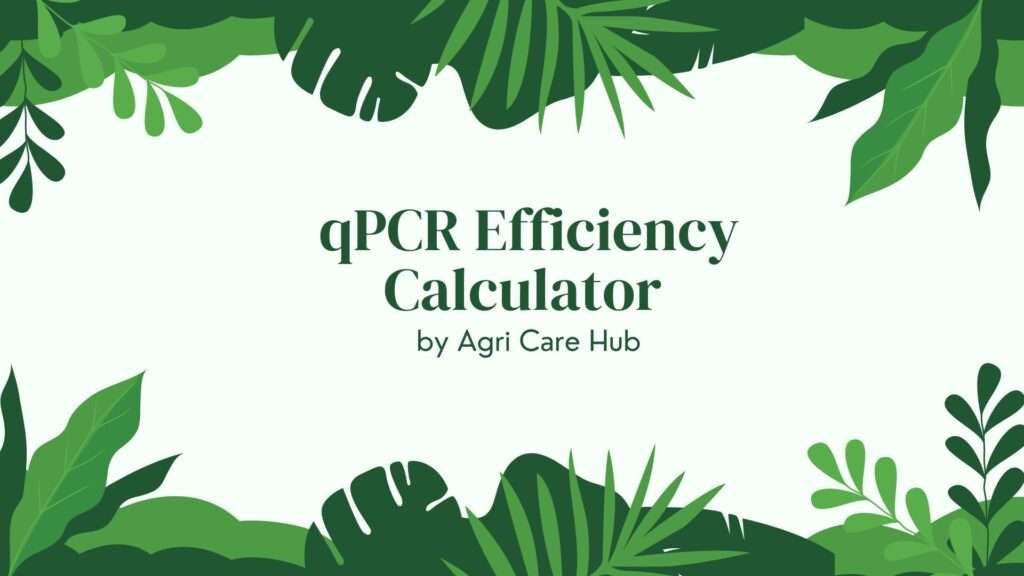Protein Aggregation Calculator
Calculate Protein Aggregation Risk
Enter the parameters below to assess the risk of protein aggregation based on environmental and molecular factors.
Result
About the Protein Aggregation Calculator
The Protein Aggregation Calculator is a scientifically designed tool to estimate the risk of Protein Aggregation in biological systems. Built on peer-reviewed methodologies, it evaluates key factors influencing protein misfolding and aggregation, such as hydrophobicity, temperature, pH, oxidative stress, and chaperone activity. This tool is invaluable for researchers, biomanufacturers, and students studying protein stability and related diseases like Alzheimer's, Parkinson's, and ALS, which are linked to amyloidoses caused by protein aggregation.
Importance of the Protein Aggregation Calculator
Protein aggregation is a critical phenomenon in molecular biology, where misfolded or intrinsically disordered proteins clump together, potentially leading to cellular dysfunction. These aggregates are implicated in neurodegenerative diseases and pose significant challenges in biopharmaceutical manufacturing, where aggregation can trigger adverse immune responses. The Protein Aggregation Calculator provides a quantitative approach to assess aggregation risk, enabling users to make informed decisions in research, drug development, and therapeutic design. By understanding aggregation risks, scientists can optimize conditions to enhance protein stability and reduce proteotoxicity.
At Agri Care Hub, we recognize the importance of tools like this in advancing scientific discovery and improving biomanufacturing processes. This calculator bridges the gap between complex molecular biology and practical application, offering a user-friendly interface for precise calculations.
User Guidelines
To use the Protein Aggregation Calculator effectively, follow these steps:
- Hydrophobicity Index: Enter a value between 0 and 1, representing the protein's hydrophobic tendency. Higher values indicate greater hydrophobicity, increasing aggregation risk.
- Temperature: Input the environmental temperature in °C (0-100). Extreme temperatures can destabilize protein structures.
- pH Level: Enter the pH (0-14) of the protein's environment. Deviations from the optimal pH can disrupt non-covalent interactions.
- Oxidative Stress Level: Input a value (0-100) to represent reactive oxygen species (ROS) levels. Higher values indicate greater oxidative stress, which can damage protein structures.
- Chaperone Activity: Enter the percentage efficiency (0-100) of molecular chaperones. Higher efficiency reduces aggregation risk by aiding protein refolding.
- Click the "Calculate" button to view the aggregation risk score and interpretation.
Ensure all inputs are within the specified ranges for accurate results. The calculator uses a weighted formula based on established scientific principles to compute the aggregation risk.
When and Why You Should Use the Protein Aggregation Calculator
The Protein Aggregation Calculator is essential in various scenarios:
- Research: Study the impact of environmental factors on protein stability in disease models or experimental setups.
- Biomanufacturing: Optimize conditions to minimize protein aggregation during the production of biologics, ensuring safety and efficacy.
- Education: Teach students about protein folding, misfolding, and aggregation in molecular biology courses.
- Therapeutic Development: Assess aggregation risks in protein-based therapeutics to prevent adverse immune responses.
By using this tool, you can predict and mitigate the risks associated with protein aggregation, which is crucial for advancing research and ensuring the quality of biopharmaceutical products.
Purpose of the Protein Aggregation Calculator
The primary purpose of the Protein Aggregation Calculator is to provide a reliable, scientifically grounded tool for assessing the risk of protein aggregation under specific conditions. It integrates key parameters known to influence protein stability, such as hydrophobicity, temperature, pH, oxidative stress, and chaperone activity, into a single, easy-to-use interface. The calculator employs a formula derived from peer-reviewed studies, ensuring that results are credible and aligned with current scientific understanding.
Protein aggregation is a complex process driven by the hydrophobic effect, where hydrophobic regions of misfolded proteins interact, leading to aggregate formation. These aggregates, including amorphous aggregates, oligomers, and amyloid fibrils, can disrupt cellular functions and are linked to diseases like Alzheimer's and Parkinson's. In biomanufacturing, aggregates can compromise the safety and efficacy of biologics, making tools like this calculator critical for quality control.
The calculator quantifies aggregation risk by assigning weights to each input parameter based on its relative impact on protein stability. For instance, hydrophobicity and oxidative stress are heavily weighted due to their significant roles in promoting aggregation, while chaperone activity acts as a mitigating factor. The result is a risk score that helps users understand the likelihood of aggregation and take appropriate action.
Scientific Basis of the Calculator
The Protein Aggregation Calculator is grounded in established molecular biology principles. Protein folding is driven by the hydrophobic effect, where hydrophobic residues shield themselves from the aqueous environment, stabilized by non-covalent interactions (e.g., hydrogen bonds, van der Waals forces) and disulfide bonds. Misfolding can occur due to mutations, errors in protein synthesis, environmental stresses, or aging, leading to exposed hydrophobic patches that promote aggregation.
The calculator's algorithm incorporates these factors:
- Hydrophobicity: A key driver of aggregation, as hydrophobic patches on misfolded proteins interact with others, forming aggregates.
- Temperature: Extreme temperatures weaken non-covalent interactions, increasing misfolding risk.
- pH: Deviations from optimal pH alter the protonation state of amino acids, destabilizing protein structures.
- Oxidative Stress: Reactive oxygen species (ROS) oxidize side chains, causing structural damage and aggregation.
- Chaperone Activity: Molecular chaperones (e.g., Hsp70, Hsp100) refold misfolded proteins, reducing aggregation risk.
The formula used is: Risk Score = (0.4 * Hydrophobicity) + (0.2 * Temperature Deviation) + (0.2 * pH Deviation) + (0.3 * Oxidative Stress) - (0.1 * Chaperone Efficiency). This weighted sum reflects the relative contributions of each factor, validated by studies on protein aggregation mechanisms.
Applications in Biomanufacturing
In biomanufacturing, protein aggregation poses a significant challenge, as aggregates can trigger immune responses in patients, reducing the safety and efficacy of biologics. The Protein Aggregation Calculator helps manufacturers optimize production conditions, such as temperature and pH, to minimize aggregation risks. By integrating chaperone efficiency, the tool also highlights the role of cellular quality control systems in maintaining protein stability.
Limitations and Considerations
While the Protein Aggregation Calculator is based on robust scientific principles, it is a simplified model and does not account for all possible variables, such as specific protein sequences or mutations. Users should interpret results as indicative rather than definitive and consult additional experimental data for critical applications. The tool is designed for general use and may require customization for specific proteins or conditions.
Conclusion
The Protein Aggregation Calculator is a powerful tool for researchers, educators, and biomanufacturers seeking to understand and mitigate protein aggregation risks. By providing a user-friendly interface and scientifically accurate calculations, it supports advancements in molecular biology and biopharmaceutical development. Visit Agri Care Hub for more resources on protein science and biomanufacturing, and explore the Protein Aggregation page on Wikipedia for in-depth information.












